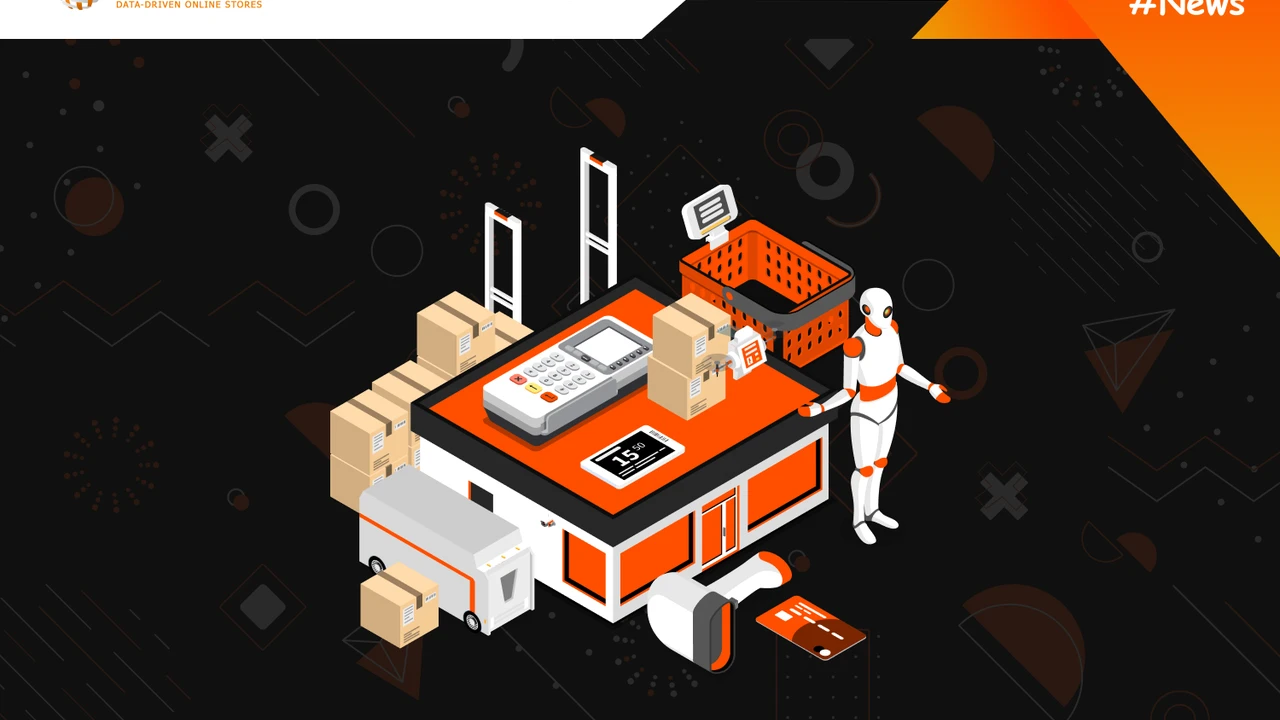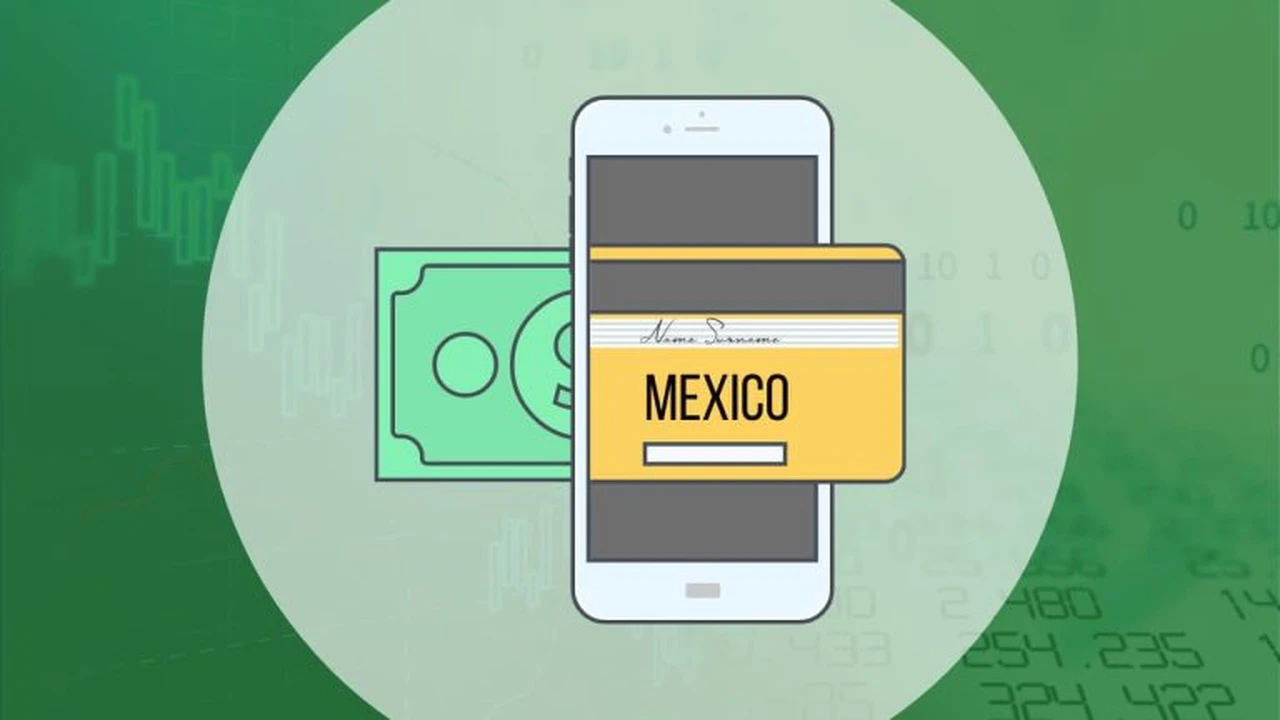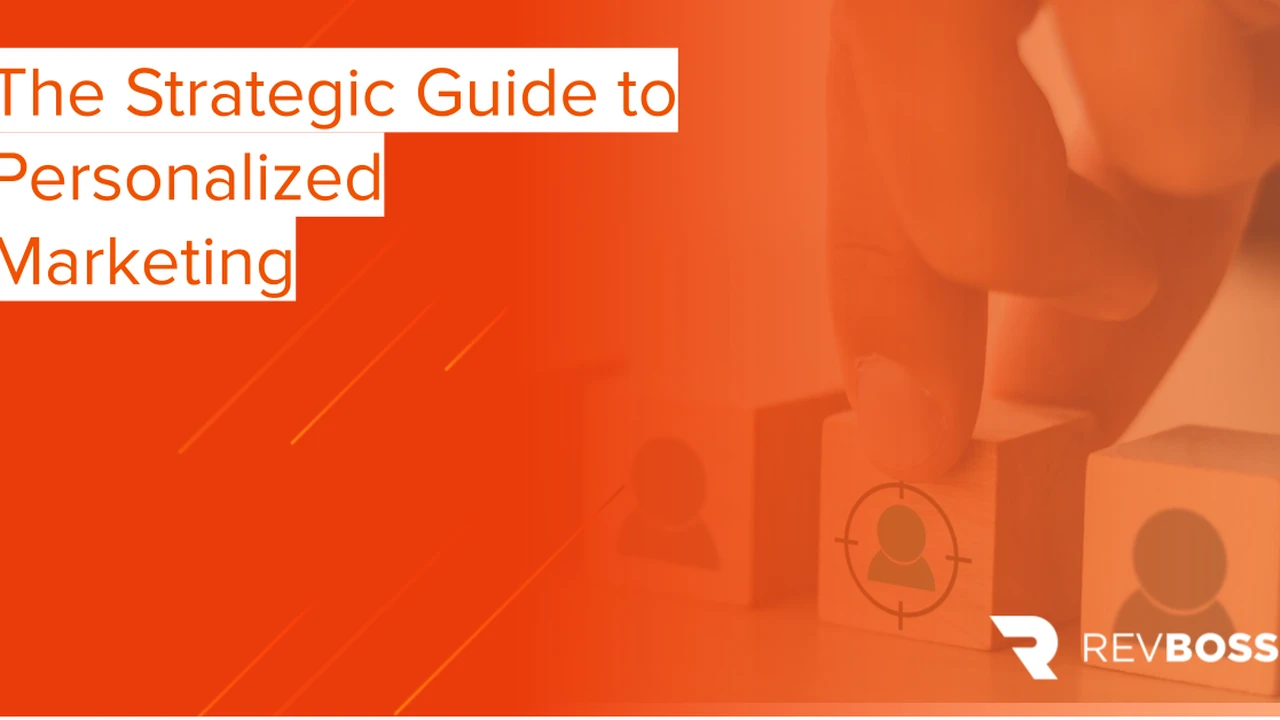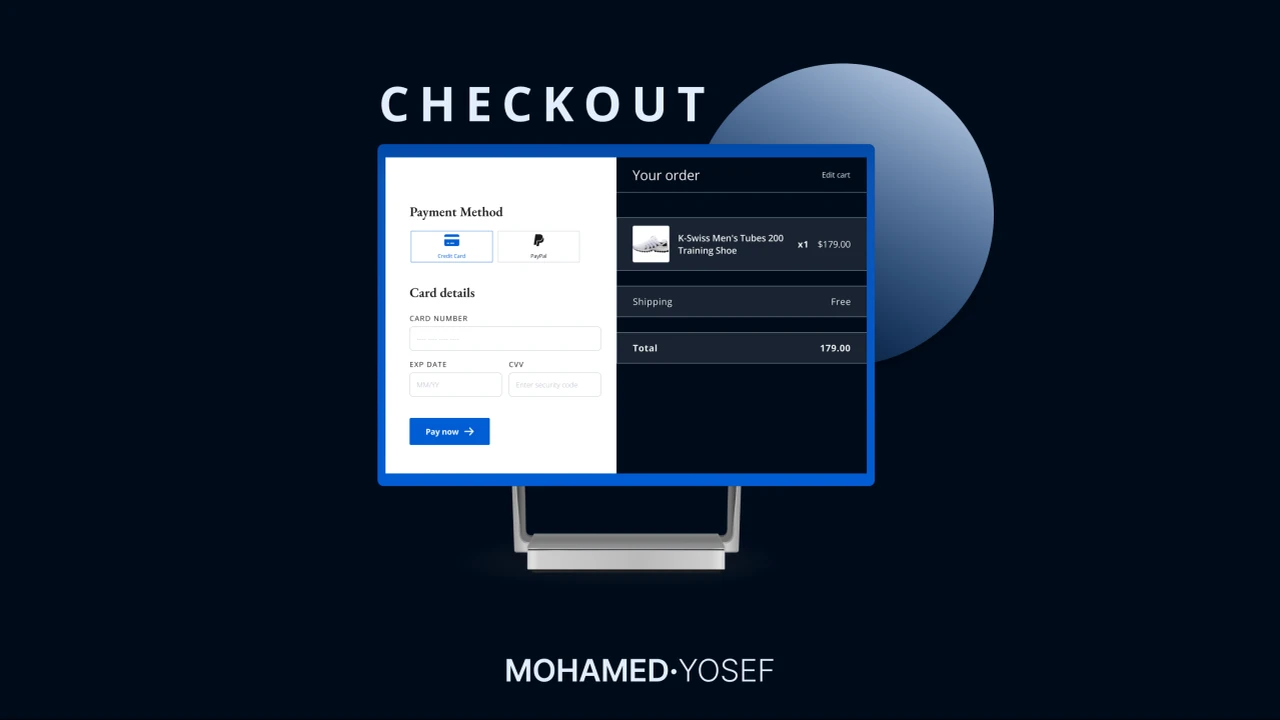Top 7 E-commerce Trends Shaping SEA & Mexico in 2025
Sample meta description.

The E-commerce Boom in Southeast Asia & Mexico: A 2025 Forecast - Market Overview
Alright, buckle up, folks! We're diving headfirst into the wild world of e-commerce in Southeast Asia (SEA) and Mexico. Forget crystal balls; we're talking cold, hard data and emerging patterns that point to a seriously exciting 2025. Both SEA and Mexico are experiencing explosive growth in online retail, fueled by increasing internet penetration, mobile adoption, and a growing middle class hungry for, well, everything! Think of it like this: SEA is your vibrant, bustling street market gone digital, while Mexico is the traditional tianguis embracing the 21st century. Let's break down why these regions are primed for e-commerce domination.
Trend #1: Mobile-First Commerce - Optimizing for the Small Screen - Mobile Payment Solutions
Forget desktops. In SEA and Mexico, it’s all about mobile. Smartphones are the primary gateway to the internet for millions, making mobile-first commerce not just a trend, but a necessity. This means websites and apps need to be lightning-fast, incredibly user-friendly on smaller screens, and optimized for mobile payments. We're talking seamless navigation, one-click checkout, and secure mobile wallets. Think about local players like GrabPay in SEA and Mercado Pago in Mexico. These platforms are deeply integrated into the mobile ecosystem, offering a convenient and trusted way for consumers to pay. To succeed, businesses need to prioritize mobile UX above all else. Consider Progressive Web Apps (PWAs) for a native app-like experience without the download. They're faster, use less data, and are easier to update. Also, focus on mobile-optimized video content. Short, engaging videos showcasing products and features can be incredibly effective in driving sales.
Trend #2: Social Commerce Explosion - Influencer Marketing Strategies - Live Selling Platforms
Social media isn't just for sharing selfies anymore. It's a booming marketplace! In SEA and Mexico, social commerce is huge. People are buying directly from Facebook, Instagram, TikTok, and other platforms. Influencer marketing is also key. Consumers trust recommendations from local influencers, making them powerful drivers of sales. Live selling is another game-changer. Imagine watching a live stream where a seller demonstrates a product, answers questions in real-time, and offers exclusive deals. It's like a virtual shopping party! Platforms like Shopee and Lazada in SEA and marketplaces within Facebook and Instagram in Mexico are leading the charge. To leverage social commerce, focus on building authentic relationships with your audience. Partner with relevant influencers who resonate with your target market. Use high-quality visuals and engaging content to showcase your products. And don't forget to provide excellent customer service through social media channels.
Trend #3: Hyperlocal Delivery - Last-Mile Logistics Solutions - Same-Day Delivery Options
Speed is the name of the game. Consumers want their orders yesterday! Hyperlocal delivery is becoming increasingly important, especially in densely populated urban areas. Businesses need to offer fast, reliable, and affordable delivery options. This means investing in last-mile logistics solutions, such as partnerships with local delivery services or building their own in-house delivery fleets. Same-day delivery is a major competitive advantage. Consider using real-time tracking and delivery notifications to keep customers informed. Optimize your delivery routes to minimize travel time and fuel consumption. Partner with local convenience stores or pickup points to offer alternative delivery options. Companies like Gojek and Grab in SEA and Rappi in Mexico are leading the way in hyperlocal delivery, offering a wide range of services, from food delivery to grocery shopping.
Trend #4: Rise of Cross-Border E-commerce - Global Marketplace Expansion - International Payment Gateways
The world is getting smaller, and e-commerce is becoming increasingly global. Consumers in SEA and Mexico are looking for products from all over the world, and businesses are expanding their reach beyond their borders. This requires navigating complex regulations, tariffs, and cultural differences. Partnering with reliable international payment gateways is crucial for accepting payments from different countries. Consider offering multilingual support and localized content to cater to international customers. Marketplaces like Amazon and AliExpress are facilitating cross-border e-commerce, providing a platform for businesses to reach a global audience. To succeed in cross-border e-commerce, conduct thorough market research to identify potential opportunities. Develop a strong understanding of local regulations and customs requirements. And invest in reliable logistics and shipping solutions.
Trend #5: Personalized Shopping Experiences - AI-Powered Recommendations - Data-Driven Marketing
Generic shopping experiences are a thing of the past. Consumers expect personalized recommendations, tailored offers, and relevant content. This requires collecting and analyzing data to understand customer preferences and behavior. AI-powered recommendation engines can suggest products that customers are likely to be interested in. Data-driven marketing can be used to create targeted advertising campaigns that resonate with specific customer segments. Consider using customer relationship management (CRM) systems to track customer interactions and preferences. Implement personalized email marketing campaigns to promote relevant products and offers. And use A/B testing to optimize your marketing campaigns and website design.
Trend #6: The Power of Chatbots - 24/7 Customer Support - Automated Order Processing
Customers expect instant answers and 24/7 support. Chatbots are becoming increasingly important for providing quick and efficient customer service. They can answer common questions, provide product information, and even process orders. Chatbots can also be used to personalize the shopping experience by offering tailored recommendations and support. Consider using AI-powered chatbots that can understand natural language and provide more human-like interactions. Integrate chatbots into your website, mobile app, and social media channels. And train your chatbots to handle a wide range of customer inquiries.
Trend #7: Sustainability and Ethical Consumption - Eco-Friendly Packaging - Sustainable Product Sourcing
Consumers are becoming increasingly aware of the environmental and social impact of their purchases. They are looking for sustainable products, eco-friendly packaging, and ethical sourcing practices. Businesses that prioritize sustainability and ethical consumption can attract a loyal customer base. Consider using recycled or biodegradable packaging materials. Partner with suppliers who adhere to ethical labor standards. And promote your sustainability efforts through your marketing channels. Highlight products that are made from sustainable materials or that support fair trade practices.
Product Recommendations & Comparisons: Powering Your E-commerce Strategy
Now, let's get down to brass tacks and talk about some specific products that are poised to thrive in the SEA and Mexico e-commerce landscape, along with comparisons and pricing:
1. Wireless Earbuds: The Soundtrack to Success
Product: Consider the "AirSounds Pro" (fictional name) vs. the Apple AirPods (a benchmark for comparison). * AirSounds Pro: A mid-range option focusing on sound quality and battery life. Features active noise cancellation, Bluetooth 5.2, and up to 8 hours of playtime on a single charge. Ideal for commuters, students, and anyone who wants to block out distractions. * Apple AirPods: The premium option known for seamless integration with Apple devices, excellent sound quality, and a sleek design. Use Case: Both are perfect for listening to music, podcasts, and audiobooks on the go, taking calls, and working out. Comparison: The AirSounds Pro offers comparable sound quality and features at a lower price point. AirPods excel in ecosystem integration and brand recognition. Pricing (estimated): AirSounds Pro: $50-$70 USD. Apple AirPods: $150-$250 USD.
2. Smart Home Devices: Automating Daily Life
Product: The "HomeEase Hub" (fictional) vs. Amazon Echo Dot (for comparison). * HomeEase Hub: An affordable smart home hub that controls lights, thermostats, and other devices. Works with popular voice assistants like Google Assistant and Alexa. Focuses on ease of use and affordability. * Amazon Echo Dot: A popular smart speaker with voice control, music streaming, and smart home control capabilities. Use Case: Both can control smart home devices, play music, set alarms, and answer questions. Comparison: The HomeEase Hub offers a more affordable entry point to smart home automation. The Echo Dot benefits from Amazon's extensive ecosystem and Alexa's advanced voice capabilities. Pricing (estimated): HomeEase Hub: $30-$50 USD. Amazon Echo Dot: $40-$60 USD.
3. Portable Power Banks: Staying Connected on the Go
Product: The "PowerPlus 10000" (fictional) vs. Anker PowerCore (a well-known brand). * PowerPlus 10000: A compact and lightweight power bank with a 10000mAh capacity. Features fast charging and multiple USB ports. Ideal for travelers, students, and anyone who needs to stay connected on the go. * Anker PowerCore: A reliable and high-quality power bank known for its durability and performance. Use Case: Both can charge smartphones, tablets, and other USB-powered devices. Comparison: The PowerPlus 10000 offers a good balance of price and performance. Anker PowerCore is known for its superior build quality and reliability. Pricing (estimated): PowerPlus 10000: $20-$30 USD. Anker PowerCore: $30-$40 USD.
4. Eco-Friendly Reusable Water Bottles: Hydration with a Conscience
Product: The "AquaPure Bottle" (fictional) vs. Hydro Flask (a popular sustainable brand). * AquaPure Bottle: Made from sustainable bamboo and stainless steel, this bottle keeps drinks cold for 24 hours and hot for 12. A stylish and eco-conscious choice. * Hydro Flask: A durable, insulated stainless steel bottle, known for keeping drinks hot or cold for extended periods. Use Case: Staying hydrated at the gym, office, or on outdoor adventures. Comparison: The AquaPure Bottle emphasizes sustainability with its bamboo construction. Hydro Flask is known for its robust insulation and durability. Pricing (estimated): AquaPure Bottle: $25-$35 USD. Hydro Flask: $30-$50 USD.
5. Locally Crafted Jewelry: Supporting Artisans and Unique Style
Product: Handcrafted silver earrings from a local artisan (e.g., "Luna Silver") vs. mass-produced fashion jewelry. * Luna Silver Earrings: Unique, handcrafted silver earrings featuring traditional designs and high-quality craftsmanship. Supports local artisans and sustainable practices. * Mass-Produced Fashion Jewelry: Inexpensive jewelry made from base metals and synthetic materials. Use Case: Adding a touch of style and personality to any outfit. Comparison: Luna Silver earrings offer unique designs, high-quality craftsmanship, and support local artisans. Mass-produced jewelry is more affordable but lacks originality and sustainability. Pricing (estimated): Luna Silver Earrings: $30-$50 USD. Mass-Produced Fashion Jewelry: $10-$20 USD.
Remember to tailor your product selections and marketing messages to resonate with the specific cultural nuances and consumer preferences in each region. Good luck!
:max_bytes(150000):strip_icc()/277019-baked-pork-chops-with-cream-of-mushroom-soup-DDMFS-beauty-4x3-BG-7505-5762b731cf30447d9cbbbbbf387beafa.jpg)






